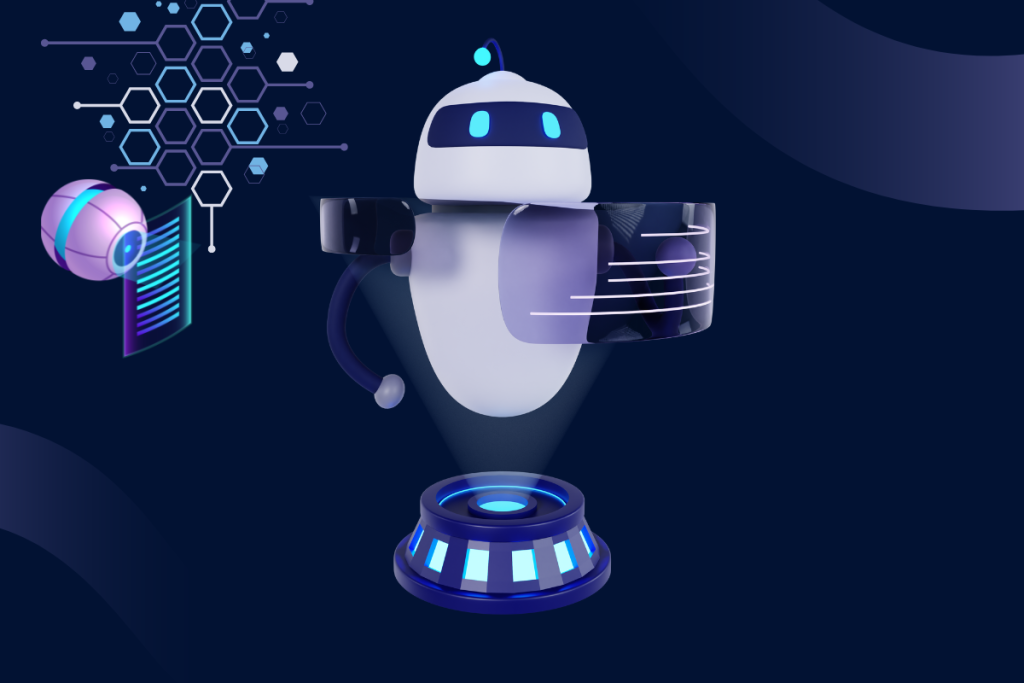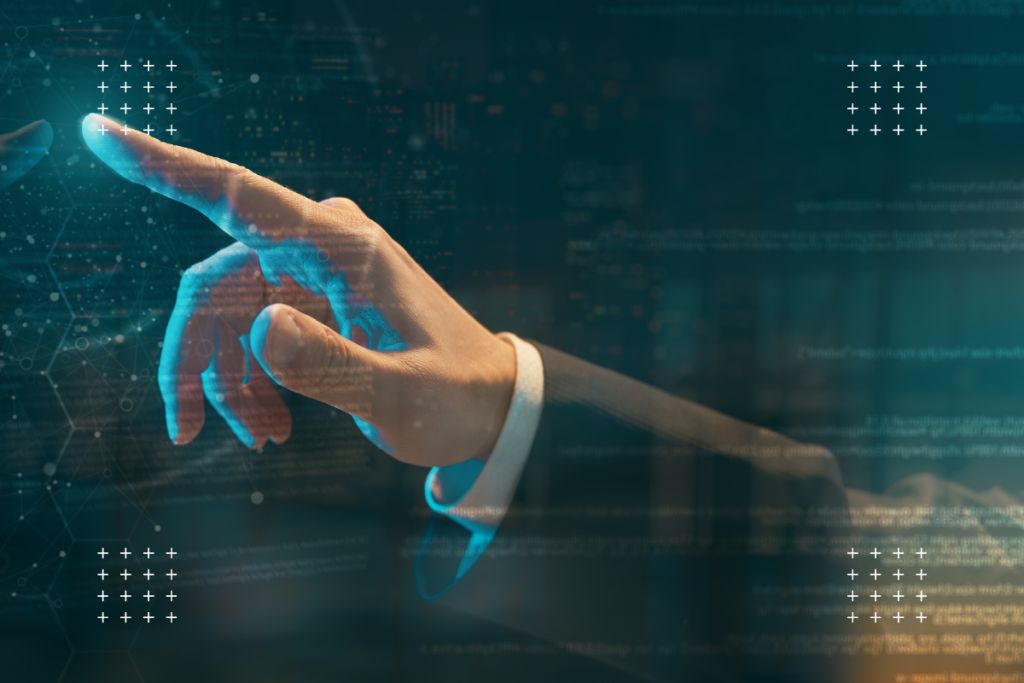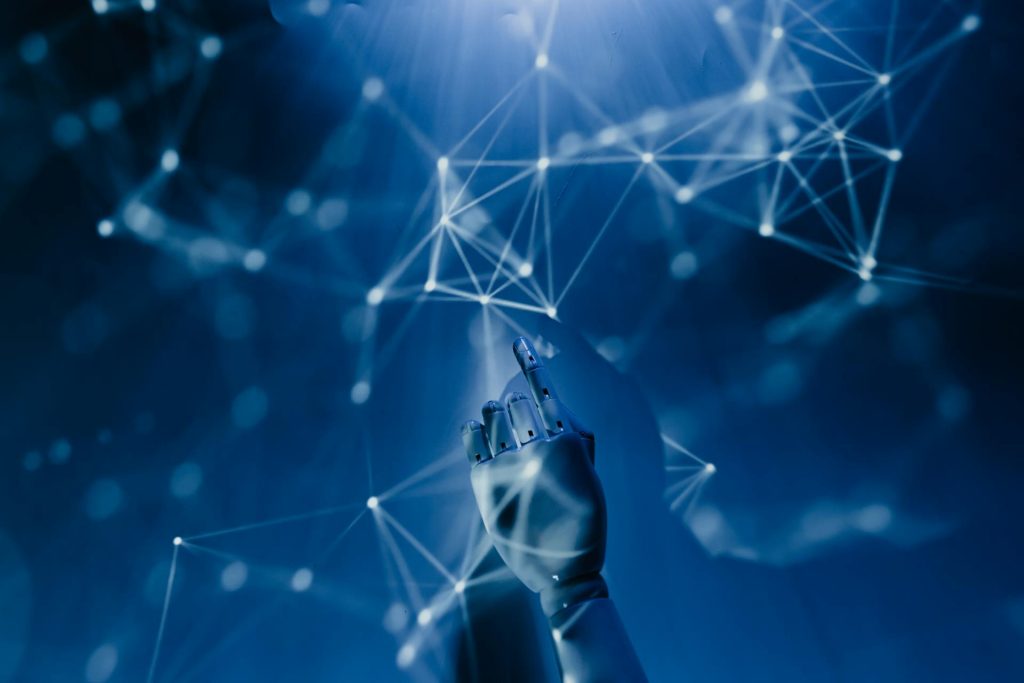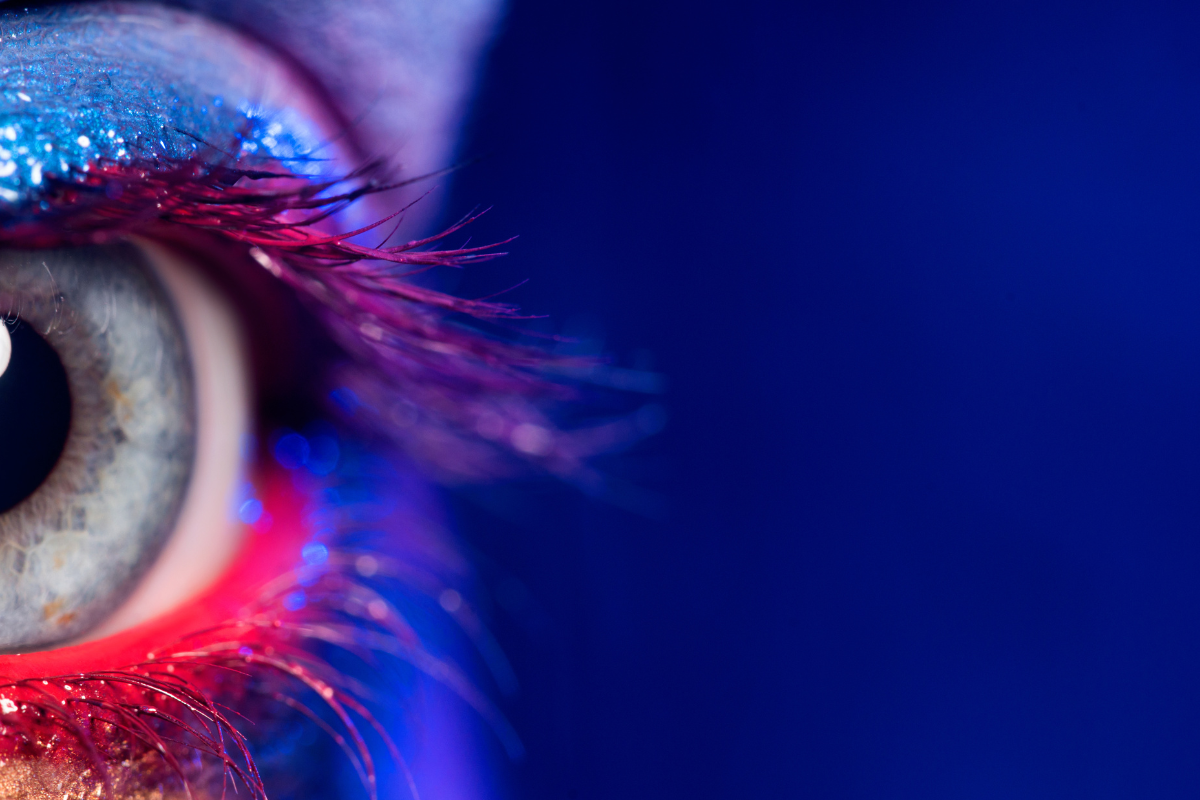Have you heard of AI art generators? In the era of artificial intelligence (AI), creativity knows no boundaries. From musical composition to literature, AI has made significant progress in various fields of art. One innovation that has captured the imagination of creators and fans is the AI art generator. This artificial intelligence technology machine uses AI algorithms and machine learning to create unique images based on simple input.

How AI Art Generator Works
AI art generators are computer programs or systems trained on large data sets of existing works of art. Using machine learning techniques, art generators can produce unique and original works of art or help users find creative ideas. Before it can take a simple command and turn it into a unique image, the generator must undergo training on a specific data set during its development process. In the case of AI art creation, this generator is trained using data in the form of existing artwork and images. Through deep learning techniques, the software can recognize relationships within the data and identify patterns. The machine can then use this knowledge to produce the desired output based on text commands or other query methods
Capabilities and Features

AI art generators have a variety of capabilities and features that differentiate them from traditional artistic tools. Some of the main features include:
- Style Transfer: The AI art generator can imitate the style of famous artists or artistic movements.
- Creative Exploration: Users can experiment with various parameters and settings to explore various artistic possibilities, from surreal landscapes to avant-garde compositions.
- Personalization: AI art generators can adapt to user preferences and input, fine-tuning their output to align with individual artistic sensibilities and tastes.
- Collaboration: Some generators enable collaborative artwork creation, letting multiple users contribute to a single artwork in real-time, despite their geographic location.
Application of AI Art Generator
AI art generators can provide various benefits when applied for professional and work purposes. By simplifying certain elements in the creative workflow, art generators can save time and resources by producing impressive visuals that meet their specific needs.
- Advertising and Marketing: Companies can leverage AI-generated image output and artwork to create engaging visual advertising content.
- Entertainment: Creative sectors such as the entertainment industry can use AI art generators to develop idea art, letting them convey ideas through visuals.
Conclusion

AI art generators represent a paradigm shift in the world of art, challenging traditional notions of creativity, authorship, and artistic expression. By embracing the possibilities offered while remaining mindful of the ethical considerations they involve, we can open new avenues for creativity, innovation and artistic discovery in the digital age.


